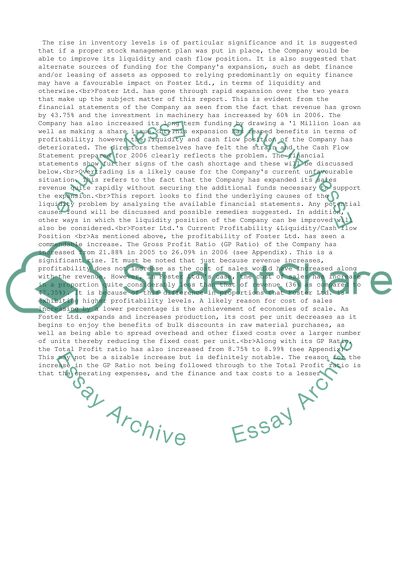Cite this document
(“Financial and Management Accounting Case Study Example | Topics and Well Written Essays - 3750 words”, n.d.)
Financial and Management Accounting Case Study Example | Topics and Well Written Essays - 3750 words. Retrieved from https://studentshare.org/business/1500486-financial-and-management-accounting
Financial and Management Accounting Case Study Example | Topics and Well Written Essays - 3750 words. Retrieved from https://studentshare.org/business/1500486-financial-and-management-accounting
(Financial and Management Accounting Case Study Example | Topics and Well Written Essays - 3750 Words)
Financial and Management Accounting Case Study Example | Topics and Well Written Essays - 3750 Words. https://studentshare.org/business/1500486-financial-and-management-accounting.
Financial and Management Accounting Case Study Example | Topics and Well Written Essays - 3750 Words. https://studentshare.org/business/1500486-financial-and-management-accounting.
“Financial and Management Accounting Case Study Example | Topics and Well Written Essays - 3750 Words”, n.d. https://studentshare.org/business/1500486-financial-and-management-accounting.


